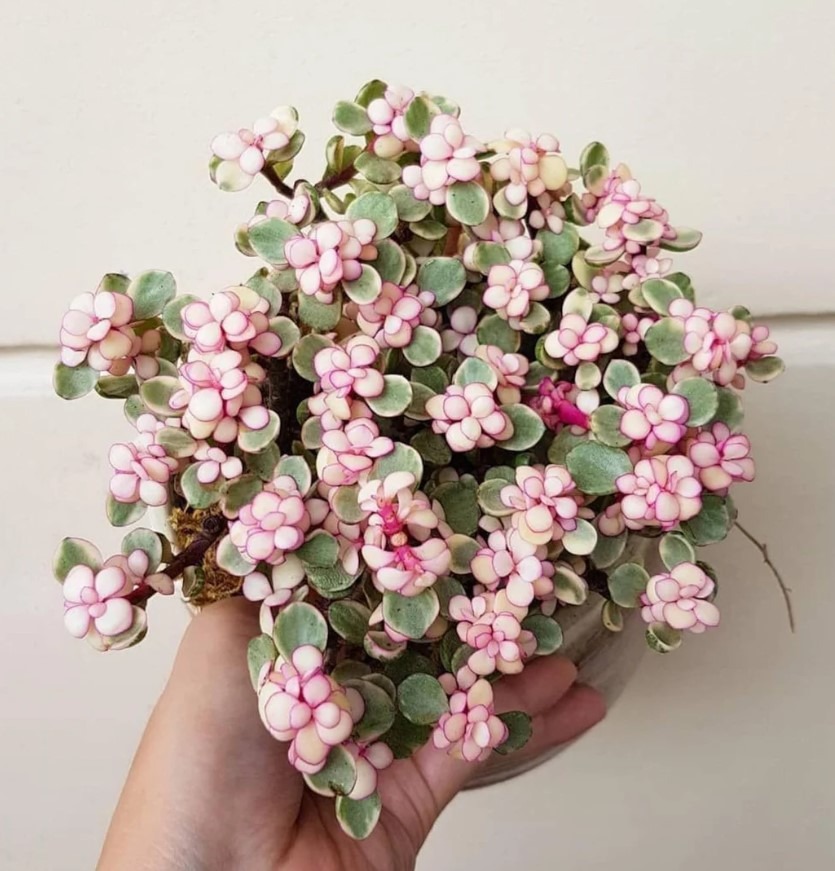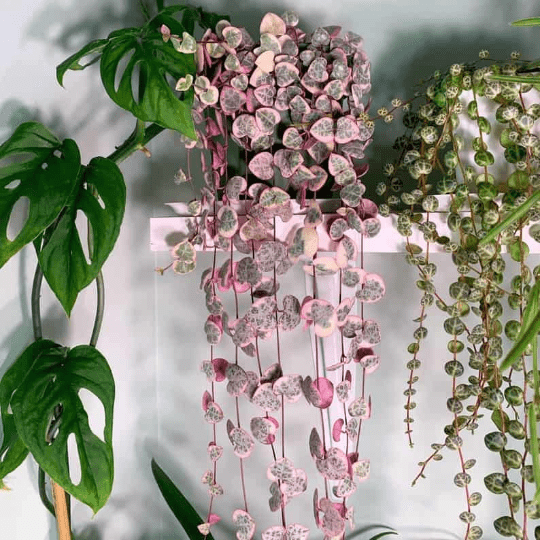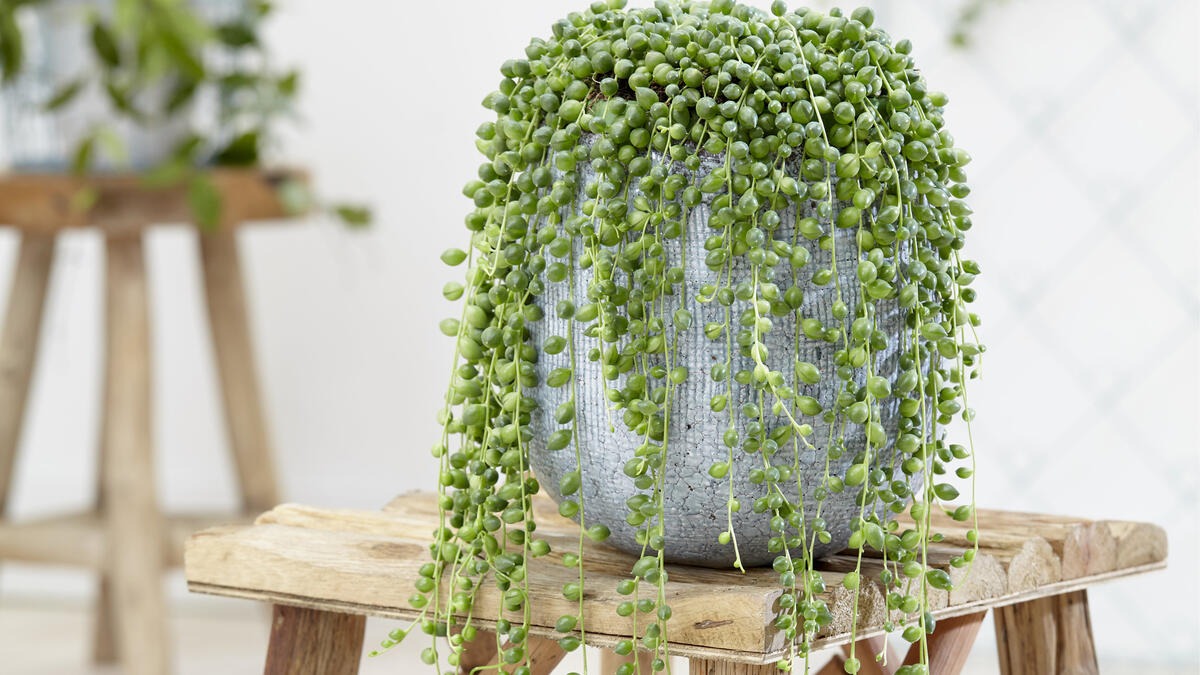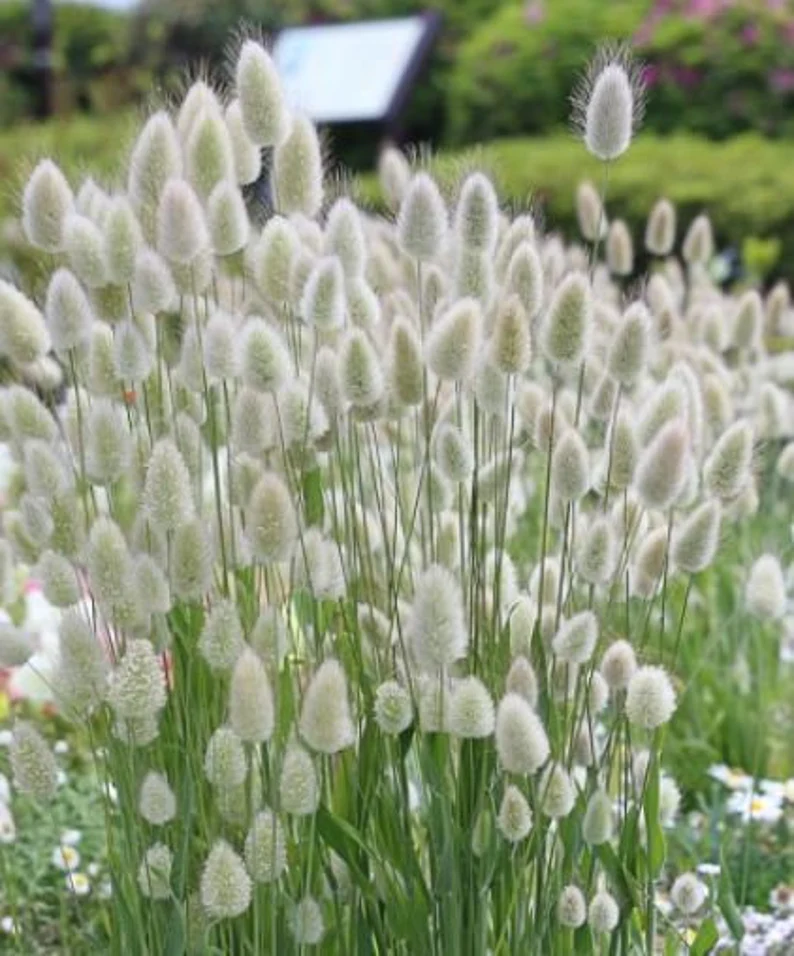Introduction:
Houseplants have become an integral part of interior décor, adding a touch of nature’s beauty to our indoor spaces. Among the vast array of options, the Pink Elephant Bush (Portulacaria afra ‘Variegata’) stands out as a captivating and versatile succulent houseplant. With its unique foliage and charming pink hues, the Pink Elephant Bush has gained popularity among plant enthusiasts worldwide. This essay aims to explore the fascinating characteristics, care requirements, and benefits of cultivating the Pink Elephant Bush as a houseplant.

Overview Of The Pink Elephant Bush
The Pink Elephant Bush, scientifically known as Portulacaria afra ‘Variegata,’ is a succulent shrub native to South Africa. It is a member of the Portulacaceae family, closely related to other popular plants like the succulent jade plant (Crassula ovata). The Pink Elephant Bush is prized for its distinctive variegated leaves, which feature a delightful combination of green and cream-colored patterns. Under certain conditions, the plant’s edges can develop a stunning pinkish hue, further enhancing its appeal.
Characteristics and Growth Habit:
The Pink Elephant Bush displays several remarkable characteristics that make it an attractive addition to any indoor garden:
- Foliage: The fleshy, oblong leaves of the Pink Elephant Bush are succulent in nature and feature an intriguing variegated pattern of green and cream. The leaf edges may turn pinkish in response to increased light or stress. This coloration adds a unique touch to the plant’s overall appearance.
- Growth Habit: As a succulent shrub, the Pink Elephant Bush has an upright growth habit and can reach a height of about 2 to 4 feet (60-120 cm) when cultivated as a houseplant. The stems are sturdy and may develop a reddish tint under certain conditions.
- Flowers: Although the Pink Elephant Bush is primarily grown for its succulent foliage, it may occasionally produce small, star-shaped flowers in clusters. The flowers are typically pink or purple and can provide an additional burst of color to the plant.
Cultivation and Care:
Successfully cultivating the Pink Elephant Bush as a houseplant requires attention to its specific care requirements. Here are some essential guidelines:
- Lighting: The Pink Elephant Bush thrives in bright, indirect light. It can tolerate some direct sunlight, especially in the morning or evening, but excessive exposure to intense sunlight may cause leaf burn. Placing the plant near a south or west-facing window with filtered light is often ideal.
- Temperature: This houseplant prefers moderate to warm temperatures between 65-80°F (18-27°C). It can tolerate slightly cooler temperatures during the winter months but should be protected from frost.
- Watering: Like most succulents, the Pink Elephant Bush prefers well-draining soil and a watering routine that allows the soil to dry out between waterings. Overwatering can lead to root rot and other issues. Water the plant thoroughly and allow any excess water to drain away.
- Soil and Potting: Plant the Pink Elephant Bush in a well-draining soil mix formulated for succulents. A mixture of potting soil, sand, and perlite or pumice is suitable. Ensure the pot has drainage holes to prevent waterlogging.
- Humidity: The Pink Elephant Bush is adaptable to various humidity levels and can thrive in average household humidity. However, it benefits from occasional misting or placement on a tray of water-filled pebbles to increase humidity around the plant.
- Fertilization: During the growing season (spring to summer), provide the Pink Elephant Bush with a balanced, water-soluble fertilizer specifically formulated for succulents. Follow the package instructions for proper dilution and frequency. Reduce or suspend fertilization during the dormant period (fall and winter).
- Pruning and Maintenance: Prune the Pink Elephant Bush to maintain its desired shape and size. Regularly remove any dead or yellowing leaves to promote a neat appearance. Additionally, the plant can be propagated from stem cuttings, providing an opportunity to share its beauty with others.
Benefits of the Pink Elephant Bush
Beyond its visual appeal, cultivating the Pink Elephant Bush as a houseplant offers several benefits:
- Air Purification: Like many other houseplants, the Pink Elephant Bush contributes to indoor air purification by removing toxins and improving air quality.
- Low Maintenance: The Pink Elephant Bush is relatively low-maintenance and forgiving, making it an excellent choice for both beginner and experienced plant enthusiasts.
- Stress Reduction: The presence of houseplants has been shown to reduce stress and promote a sense of well-being. The Pink Elephant Bush’s pleasing aesthetics and natural charm can enhance the ambiance of any living space.
Conclusion:
The Pink Elephant Bush (Portulacaria afra ‘Variegata’) is a captivating and versatile houseplant that brings a touch of charm to any indoor garden. Its unique variegated foliage, occasional pinkish edges, and low-maintenance nature make it an ideal choice for plant enthusiasts of all levels. By providing suitable light, proper watering, and well-draining soil, anyone can enjoy the beauty and benefits of cultivating the Pink Elephant Bush. Embrace the enchantment of this delightful houseplant and let its pink-hued allure brighten your living space.





